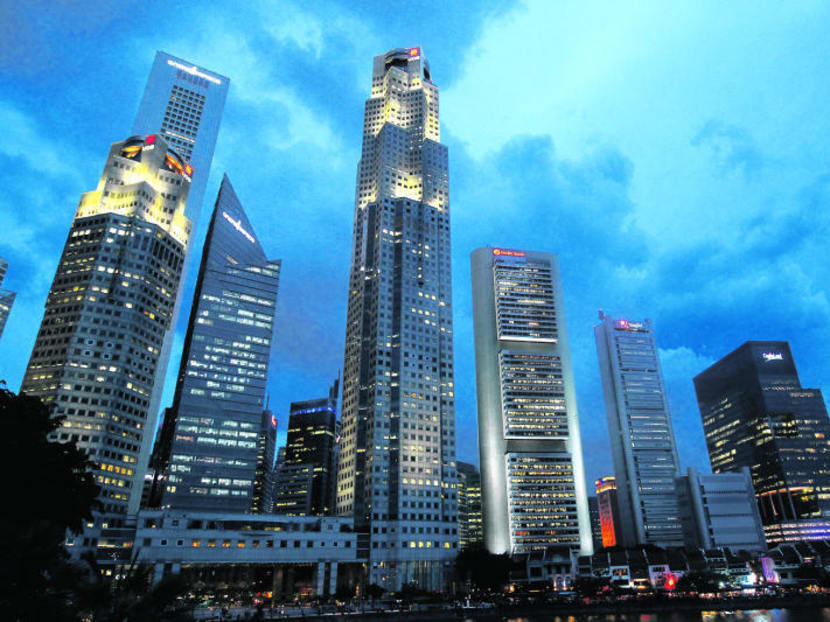Surging costs threaten corporate margins
SINGAPORE — The global economy ended 2016 on a solid footing, showing signs of stronger growth towards the end of the year, though accompanied by surging prices.

Singapore Central Business District (CBD). TODAY file photo
SINGAPORE — The global economy ended 2016 on a solid footing, showing signs of stronger growth towards the end of the year, though accompanied by surging prices.
The JPMorgan Global PMI (Purchasing Managers’ Index), compiled by Markit, indicated that the expansion in worldwide business conditions in the fourth quarter was the strongest since the third quarter of 2015. The latest data signal a welcome improvement from the lacklustre growth seen earlier last year.
However, a side effect of greater growth momentum was intensifying inflationary pressures. Average cost burdens faced by businesses rose by the greatest extent in over five years during December. Especially large increases in input prices were observed in manufacturing, reflecting higher commodity and raw material prices, especially for oil and industrial metals. In many cases, the stronger US dollar was reportedly behind sharply faster imported inflation.
At the same time, the latest Caixin PMI showed a sustained upturn in China’s business conditions during the final quarter in 2016, which helped to limit job cuts. However, the improvement has yet to be accompanied by stronger growth in private investment, suggesting that businesses remain cautious. Expectations of slowing support from fiscal and monetary policies, as well as uncertainties concerning global trade growth, are among the economic headwinds in China this year.
We’ll look for confirmation in official data this week, which include US inflation and retail sales numbers, Euro-area industrial output, as well as China’s latest data on inflation, credit growth, and trade. This is important because affirmation of the view that global growth is gathering momentum alongside rising prices will be hawkish for global monetary policy, especially for the US central bank.
But another area of concerns that emerged is the extent to which the PMI surveys point to only weak increases in prices charged by businesses, suggesting that profit margins are being squeezed. This situation was particularly pronounced in emerging markets where the companies are facing higher oil prices and a weaker local currency against the US dollar. Tighter margins adversely influence companies’ hiring plans. Employment levels across emerging markets continued to fall, as firms prioritised cost management over staff expansion.
On the foreign exchange front, daily midpoint fixes for the yuan will be closely monitored, as it may impact dollar movements. Although expectations of a steeper US rate hike trajectory and fiscal stimulus have been key drivers for dollar strength, PBOC’s move on the yuan hinted at concerns over a resurgence of large capital outflows.
ABOUT THE AUTHOR: Bernard Aw is an economist at IHS Markit





